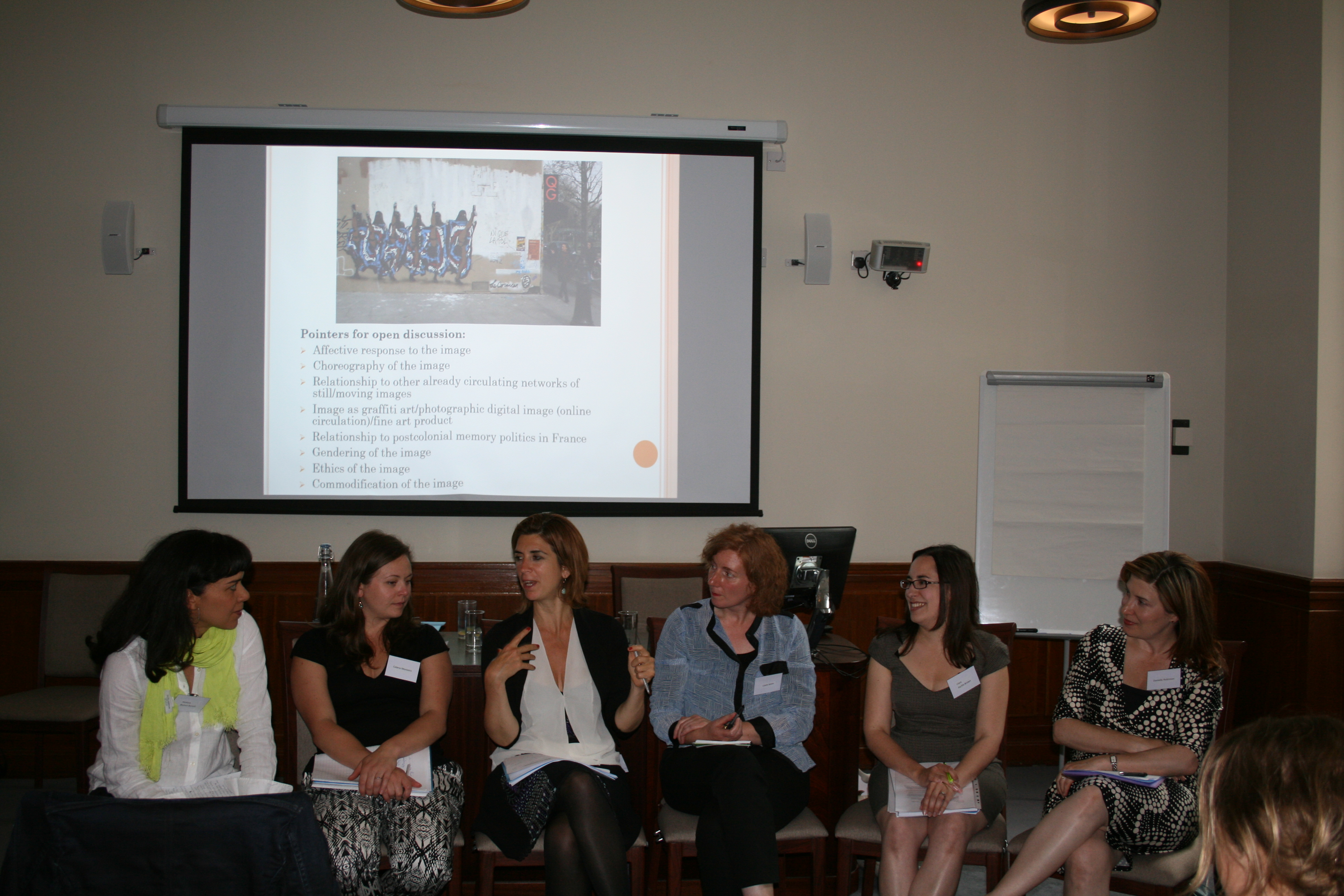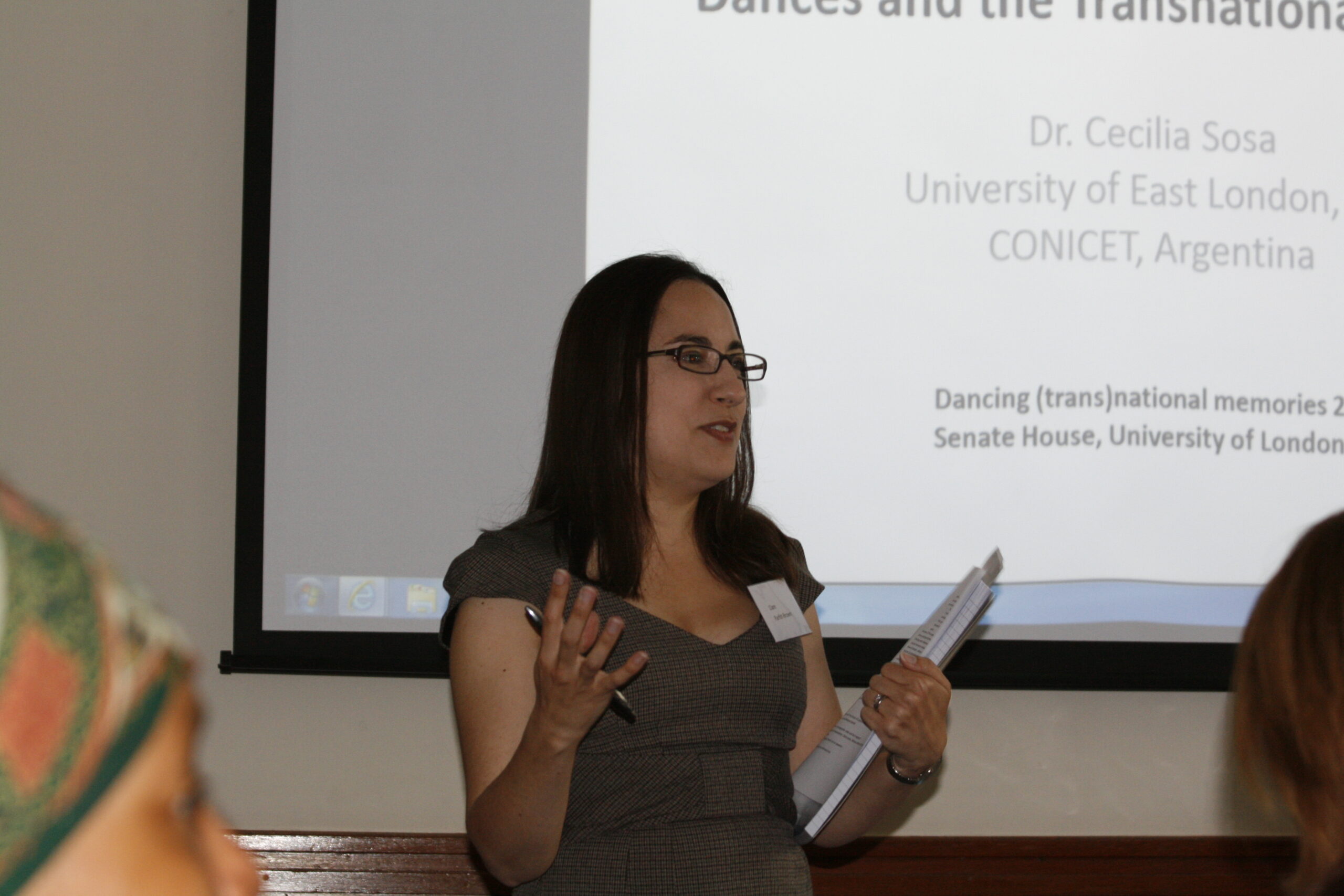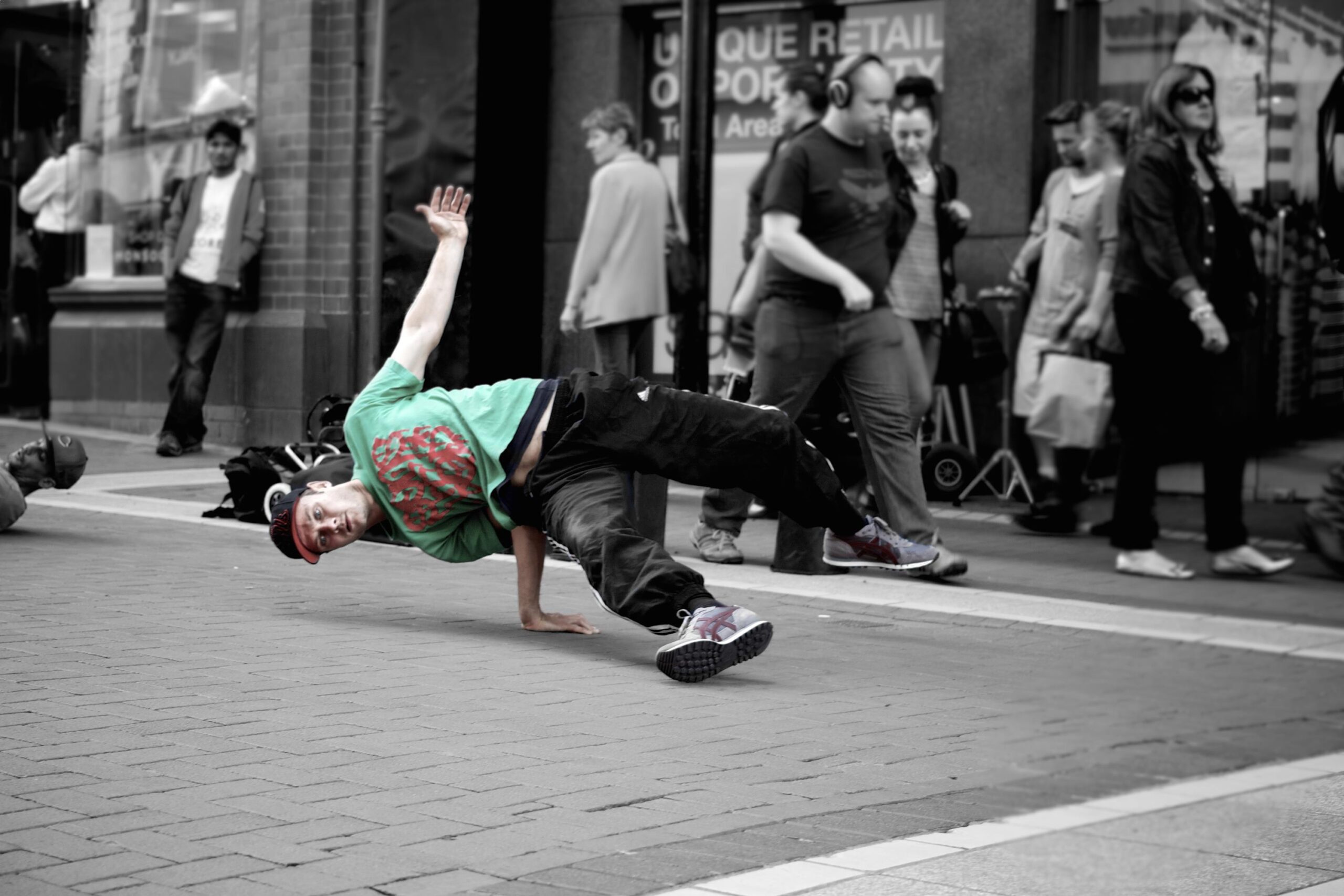On Saturday 20th June 2015, the first symposium for the Dancing with Memory project, titled ‘Dancing (trans)national memories’, took place at Senate House, University of London, supported by PoP MOVES. Dancing with Memory is an AHRC-funded project to investigate the relationship between popular dance and cultural memory, led by Dr. Clare Parfitt-Brown at the University of Chichester. The symposium offered papers presented by Dr. Cecilia Sosa (University of East London), Dr. Danielle Robinson (York University, Toronto) and an image-based discussion led by Dr. Clare Parfitt-Brown. The event attracted delegates from a wide range of disciplines, including dance studies, popular dance studies, cultural memory studies and history of art. The event raised a host of provocative questions, including:
- What are the differences/relationships between embodied and mediated modes of memory transmission? How is the transmission of affect involved in each? (these questions will be revisited in the next Dancing with Memory symposium, ‘Muse of Modernity? Remembering, Mediating and Modernising Popular Dance’)
- How does popular dance facilitate the transmission of memory across generations or national boundaries? (the engagement of popular dance studies with Marianne Hirsch’s notion of ‘post-memory’ may be useful here)
- What are the roles of popular dance forms in negotiating the vexed questions of ownership of particular cultural memories? (e.g. the memories of ‘the Disappeared’ [Sosa] and the memories of samba de roda [Robinson])
- What are the effects of the overt gendering of particular cultural memories?
In the plenary discussion, Cecilia raised the question of what popular dance mobilises as a method for cultural memory studies. Indeed, popular dance often seems to embody those aspects of cultural memory that are mobile, fluid, unfixable. It seems to be precisely this endless mobility of memory that popular dance exposes. The symposium also highlighted the possibilities of cultural memory approaches for popular dance studies, a sub-discipline often focused on the current at the expense of the ways the popular past informs the present. Cultural memory may augment the methodologies popular dance scholars already use for exploring the ghosts of past dances in present dancing bodies, such as intertextuality, parody and heterocorporealities (Hall, 2009). The Dancing with Memory project is exploring such synergies between popular dance and cultural memory, in the hope of opening up new questions, methodologies and collaborative potentials for both disciplines.


